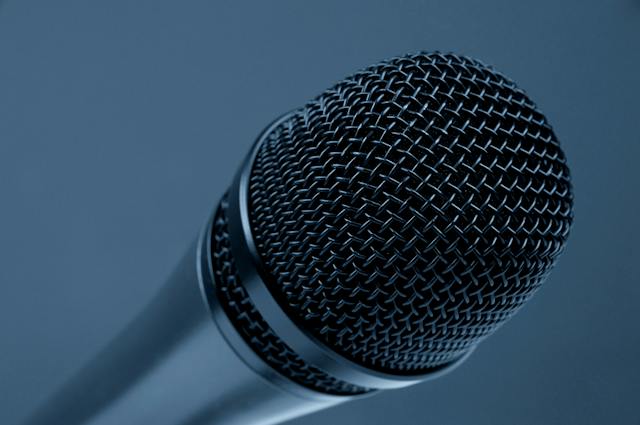The evaluation of microphone performance requires a comprehensive approach that considers both subjective and objective assessment methods. This blog explores various techniques to thoroughly evaluate microphone voice quality, acknowledging the nuanced nature of subjective assessments and delving into more in-depth objective criteria.
Subjective Evaluation:
Subjective evaluation methods provide valuable insights into user perception, but it’s essential to acknowledge their inherent subjectivity. Mean Opinion Score (MOS) testing, a widely adopted technique, involves human listeners rating the perceived quality of recorded speech. However, it’s crucial to recognize that subjective assessments may exhibit biases based on individuals’ varied perceptions of sound.
Objective Evaluation:
Objective evaluation methods offer a more technical and quantifiable analysis of microphone performance. This section covers key objective evaluation criteria:
–Device Latency: Assessing the time delay between speech input and output, a critical factor for real-time communication applications. Lower latency contributes to a more seamless user experience.
–Transmission Performance: Evaluating the microphone’s resilience to challenges during data transmission, such as packet loss, jitter, and changing network conditions. Robust microphones ensure clear and uninterrupted voice communication.
–Dynamic Performance: Examining the microphone’s ability to capture a wide range of audio signals, considering sensitivity, dynamic range, and distortion levels.
–Voice Quality Metrics: Utilizing quantitative metrics like signal-to-noise ratio (SNR), total harmonic distortion (THD), and frequency response to gain insights into the microphone’s technical performance.
Additional Evaluation Methods:
In addition to subjective and objective evaluations, other methods contribute to a holistic assessment:
–Environmental Testing: Evaluating microphone performance under various environmental conditions, including background noise, room acoustics, and temperature variations.
–Durability Testing: Assessing the microphone’s robustness and longevity under different usage scenarios, ensuring sustained optimal performance.
In conclusion, while subjective evaluations provide valuable user-centric insights, it’s crucial to balance them with more in-depth and objective assessment methods. This comprehensive approach ensures a thorough understanding of microphone voice quality, allowing manufacturers and developers to create products that excel across diverse user preferences and real-world scenarios.







